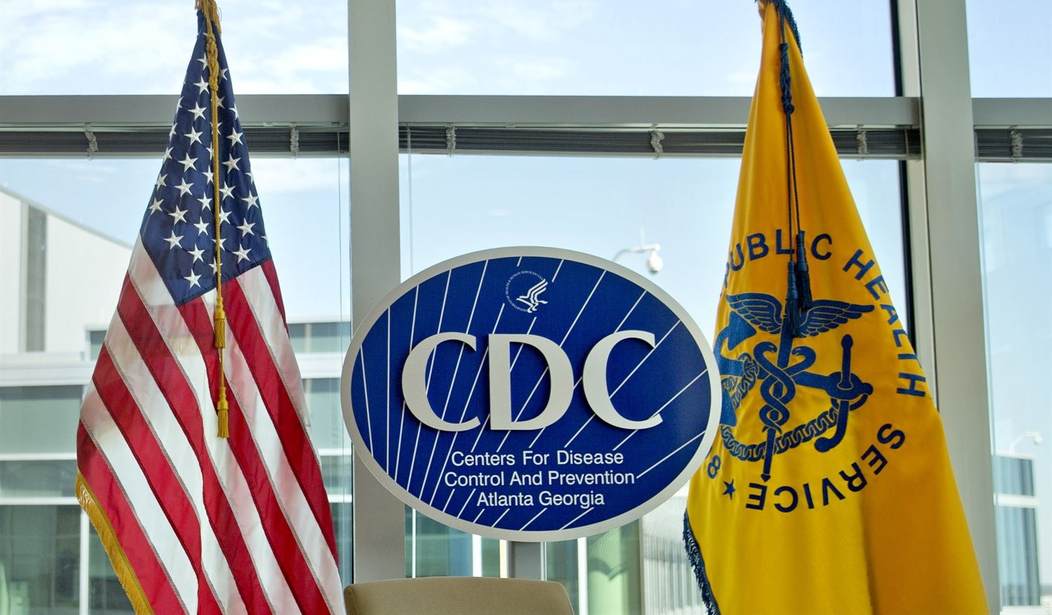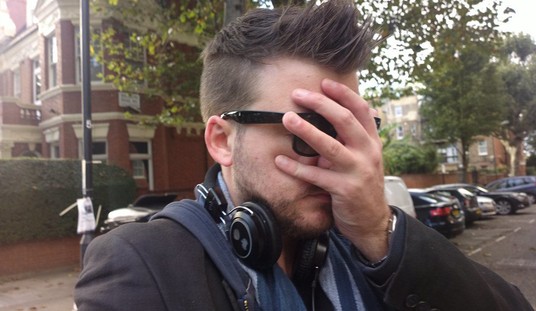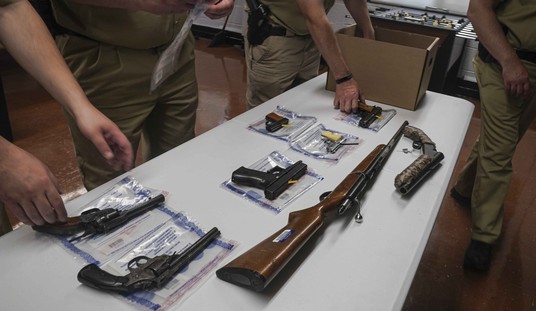Research into things like “gun violence” or violent crime, in general, have always been a hot topic. That’s especially true when tax dollars are given over to fund it.
Supposedly.
The truth was that no one really cared if unbiased research took place. The problem was that what we were seeing from organizations like the CDC looked less like research and more like advocacy, so laws changed. Federal taxpayer money wasn’t to be used for advocacy at all.
And the CDC responded by ending all firearm-related research, thus tipping its hand that its intention was to push gun control, not look for answers.
Those days are, unfortunately over. Now, we’re back to tax dollars being used for “research.”
That’s annoying because the CDC hasn’t changed its biases, apparently, but what’s worse is how they’re pretending no research happened.
SUMMERS: To start, can you just give us a sense of how much of a roadblock the Dickey Amendment has been to your field of research?
CARTER: It fundamentally limited the type of progress we could make. When you think about the field of motor vehicle crash injury prevention, we saw the highest number of motor vehicle crash deaths in this country in the mid-1950s. In the subsequent 50 years, we’ve been able to reduce the number of people who die and or injured in car crashes every year by 70%. And we did that through the application of rigorous research methods and funding by the federal government. And we can do the same thing with firearms. We just haven’t been able to until most recently.
SUMMERS: OK. So as I hear you compare this to the way we think about and the way the government studies car accidents, it strikes me that when government agencies study that, they’re not weighing in and saying that cars are good or cars are bad. And so I guess my question is the research that you’re talking about, research into gun violence, it doesn’t take a pro-gun or anti-gun stance, right?
CARTER: That’s correct. So we don’t tell people they shouldn’t own pools. We talk to them about how to own pools safely and keep their children from drowning in pools. And it’s the same situation with firearms. We don’t take a stance on whether or not people should own firearms. It’s really about how do we decrease the number of people who are dying? And some of that is around, you know, how do people own and operate firearms safely? And there are – there is probably a population of people who shouldn’t own firearms because they’re at high risk, and that population should be identified. And we’ve seen most recently with the federal government this move to move red flag laws or ERPO laws forward. And that’s one mechanism for identifying people who are at risk to harm themselves or to harm somebody else. And I think when we approach it in this way, where we don’t say it’s good or it’s bad, we talk about how to reduce injury and death, most people can get around the idea that we want less people across the country dying from firearms.
Except, if that were true, then there shouldn’t have been a problem. The Dickey Amendment forbid advocacy, not research. It was the CDC that couldn’t determine the difference between the two.
Further, let’s not pretend that firearm research wasn’t happening. We covered plenty of studies looking at the impact of gun control laws or the lack thereof prior to the federal pipeline opening back up for such research.
It was happening in plenty of places and it created significant debate. Look at a few examples from before the laws changed.
There was plenty of research going on.
So the implication that somehow all research halted is misleading at best, but again, the CDC is taxpayer-funded advocacy. They’re no longer seeking the truth, but are interested in manipulating data to advance an agenda.
Yet they won’t admit that, so they lie to the public and their media allies cover for them.







Join the conversation as a VIP Member